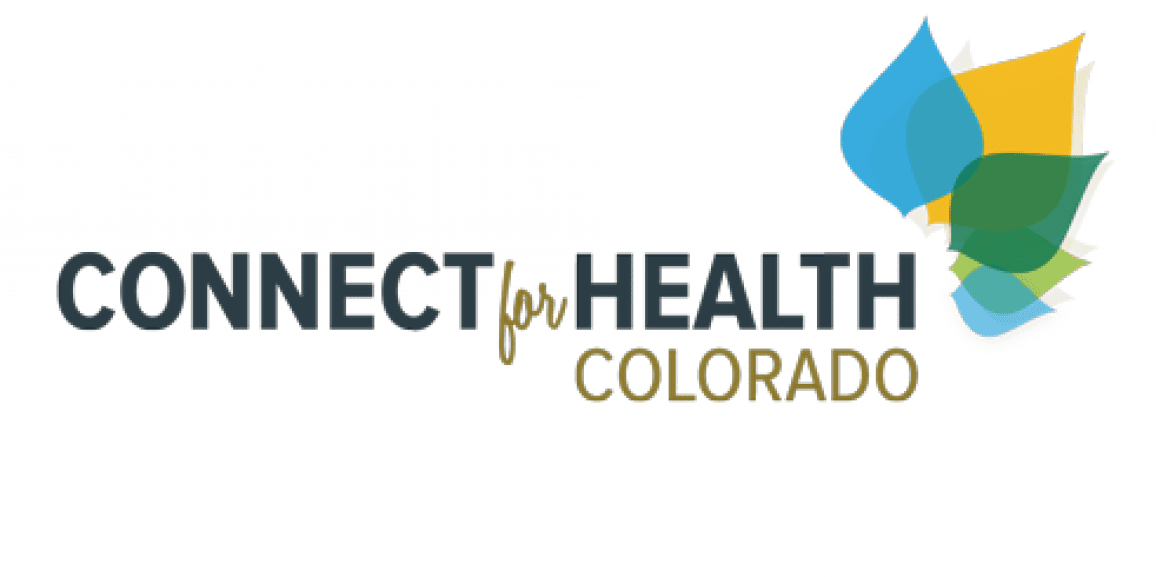A summary of the list of recommendations on the implementation of the OBBBA in Colorado regarding public benefits systems and work requirements.
Recent articles
CCLP testifies in support of Colorado’s AI Sunshine Act
Charles Brennan provided testimony in support of Senate Bill 25B-004, Increase Transparency for Algorithmic Systems, during the 2025 Special Session. CCLP is in support of SB25B-004.
Coloradans launch 2026 ballot push for graduated state income tax
New ballot measure proposals would cut taxes for 98 percent of Coloradans, raise revenue to address budget crisis.
CCLP statement on the executive order and Colorado’s endless budget catastrophe
Coloradans deserve better than the artificial budget crisis that led to today's crippling cuts by Governor Jared Polis.
Good news about coverage in Colorado

Colorado has done something extraordinary in recent months. While enrollment through many state health exchanges is 4 percent lower than last year due to fast-moving and disruptive federal changes, Colorado’s numbers are up. More people have signed up for plans, and a higher percentage has been found eligible for financial assistance to help with costs.
How have we managed this? The wise decision by the Colorado legislature to create a state-based exchange, Connect for Health Colorado, gave our state flexibility. Our Division of Insurance used that flexibility to the advantage of state residents, giving them additional weeks to enroll in coverage, and establishing a consumer-friendly way to deal with the federal government’s failure to fund cost-sharing reductions that help people with out-of-pocket costs. And Connect for Health took the opportunity to make their application process more intuitive and to make it a bit easier to find out if you’re eligible for premium subsidies and cost-sharing reductions.
Despite this good news, there is still a lot of room to grow when it comes to helping working families and individuals get coverage they can afford. For those who are eligible for financial assistance under the ACA – with incomes between roughly $17,000 and $65,000 for an individual, or $25,000 and $100,000 for a family of four – it’s essential that they are connected with coverage. Colorado remains near the bottom of the pack nationally in the percentage of enrollees who enroll with financial assistance. In 2017, according to estimates derived from the American Community Survey, rates of uninsured Coloradans remain substantial. Almost 15 percent of those between 139 and 199 percent FPL, and another 13 percent of those between 200 and 299 percent are uninsured. The Colorado Health Institute reported last year, using 2016 data, that over 100,000 Coloradans who were eligible for assistance through Connect for Health were not enrolled in coverage.
Getting premium subsidies doesn’t just help with family finances. For families with less disposable income, affordable coverage may mean the difference between stability and homelessness. A recent study by Emily Gallagher at the University of Colorado concludes that going from being uninsured to receiving subsidized coverage has “a profound impact on the likelihood of making timely home payments.” When families with young children are already paying nearly half their income on housing and child care, as we describe in the 2018 Self-Sufficiency Standard, a health shock due to illness or injury can have catastrophic results for uninsured households. And those catastrophic results have a ripple effect on communities.
For those families and those communities, we need to invest as a state in reaching all who are eligible for assistance but not enrolled. We need better systems for getting people into coverage when they lose Medicaid due to earning higher incomes. Targeting certain groups that face particular obstacles to coverage — such as rural Coloradans and the Latinx population — may require more funding for trusted community partners and more training for county workers. State agencies, county human services offices, and Connect for Health need to acknowledge and counter the fear and confusion that has resulted from federal anti-immigrant rhetoric, so that eligible non-citizens, people with limited English proficiency, and people in mixed-status households have the same ability to enroll as other eligible populations.
Getting more people enrolled in subsidized coverage really is a win-win for Colorado. Being covered means better health and a greater likelihood of economic stability. But there’s more! Legislative efforts like reinsurance and a public option are underway this session and aim in part to help those in high-premium areas who make more than 400 percent of the federal poverty level – about $100,000 for a family of four, and close to $50,000 for an individual. We support those goals. One or both plans will rely on a mechanism for re-purposing federal dollars spent on premium subsidies; the more premium subsidies Coloradans receive, the more dollars those new programs have to work with.
So let’s do this. Planning for the next open enrollment begins now.
– By Bethany Pray
